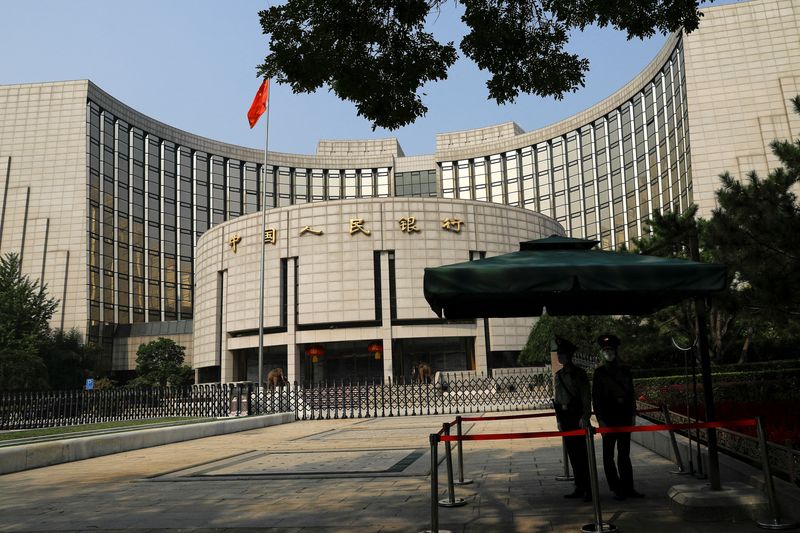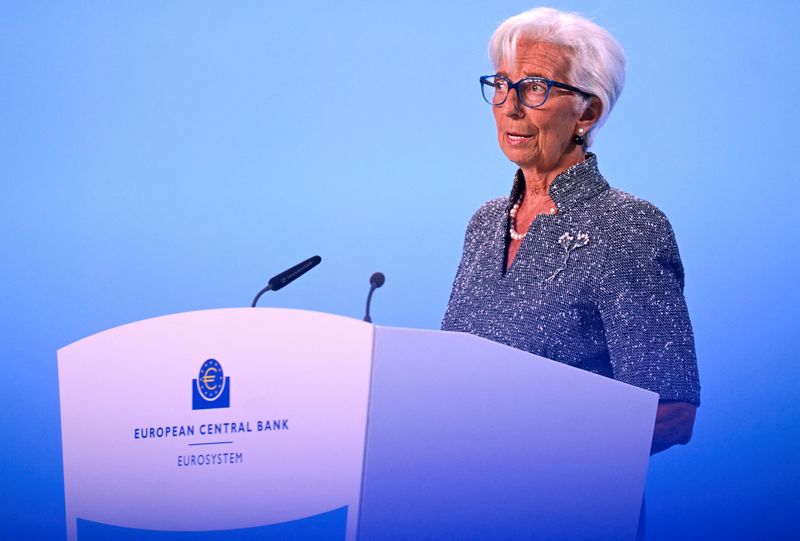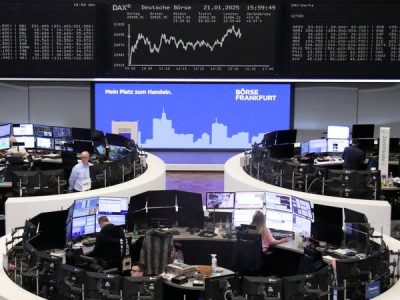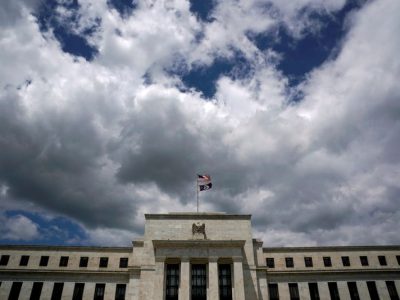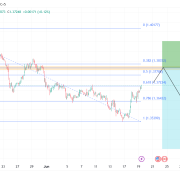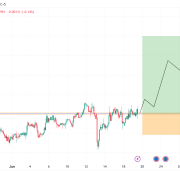
The Bundesbank has significantly lowered its growth forecasts for Germany’s economy, projecting a contraction of 0.2% in 2024, a stark revision from the previously anticipated 0.3% growth.
The outlook for 2025 is similarly subdued, with an expected growth of just 0.2%, down from the earlier estimate of 1.1%. This revised forecast was announced on Friday, indicating a potential further decline if the United States imposes new trade tariffs.
Joachim Nagel, President of the Bundesbank, pointed to both persistent economic challenges and structural issues within the industrial sector as contributing factors to the sluggish performance. He also noted the labor market’s reaction to the prolonged economic downturn.
The central bank predicts that the German economy will experience stagnation this winter, with a gradual recovery anticipated to commence in the following year. Looking further ahead, the Bundesbank has forecasted growth rates of 0.8% for 2026 and 0.9% for 2027.
However, the Bundesbank cautioned that risks are tilted to the downside, largely due to former President Trump’s trade policies, which could exacerbate Germany’s vulnerability given its strong export orientation.
The report outlined that economic output in 2027 could be 1.3%-1.4% lower than the baseline scenario if the US shifts its policy stance. Additionally, varying models suggest that a trade conflict could result in German GDP stagnating or contracting once more in 2025.
Previously, Nagel had issued warnings regarding the potential negative impact of Trump’s tariffs on Germany’s GDP for the year 2025.
On the inflation front, the Bundesbank has adjusted its expectations downwards from its June projections. Inflation is predicted to remain high in 2025, with a slight decrease to 2.4% from the previous 2.5% forecast.
The central bank anticipates that inflation will gradually stabilize at around 2% over the coming years, influenced by the tightening of monetary policy and reduced pressure from labor costs.
This article was generated with the support of AI and reviewed by an editor. For more information see our T&C.


